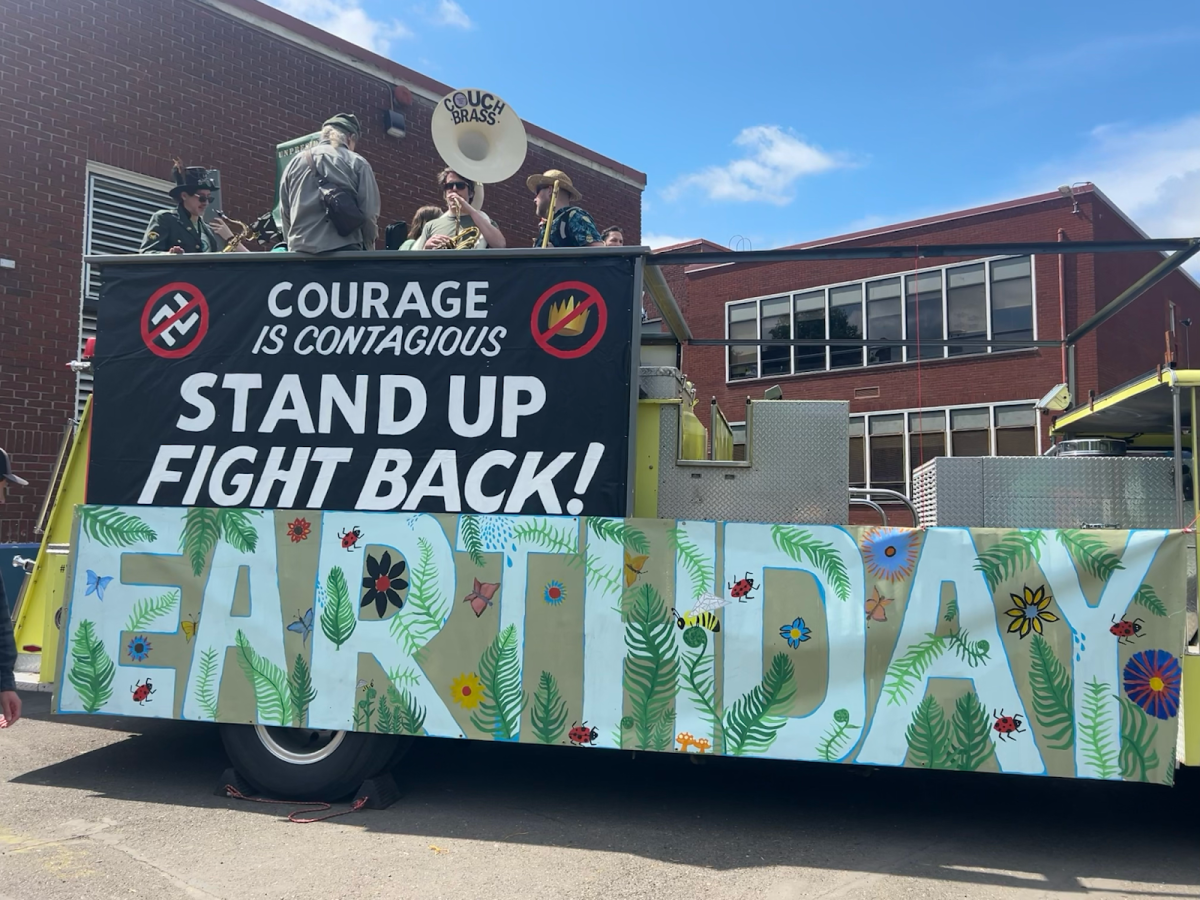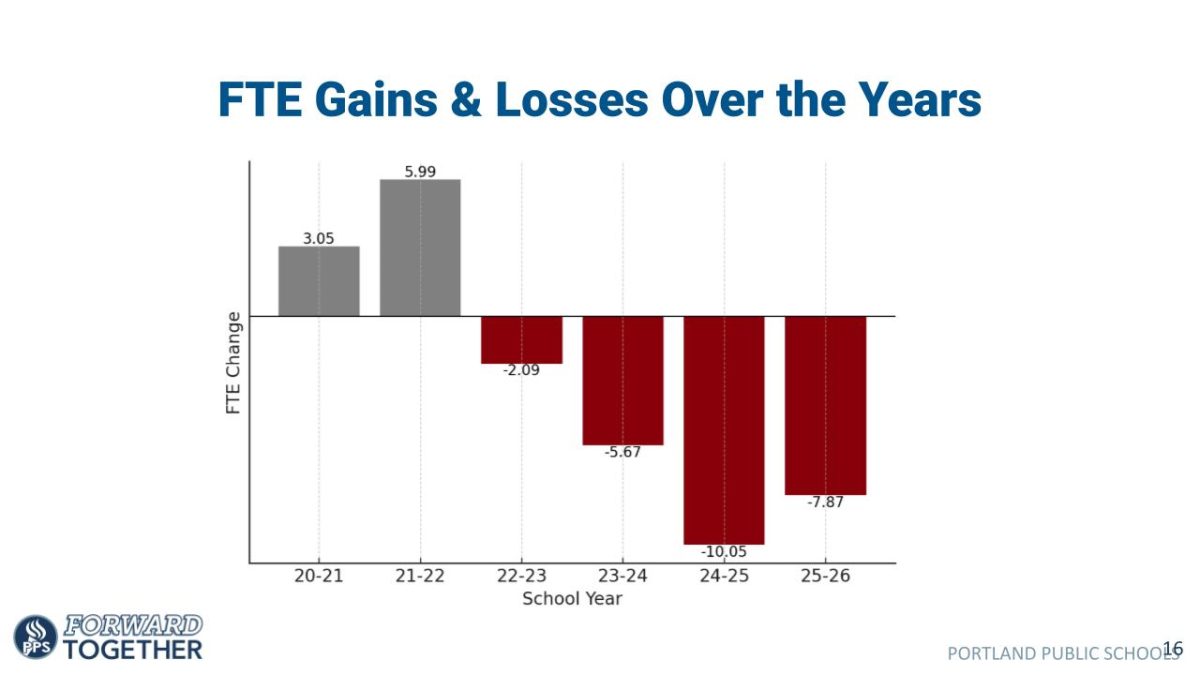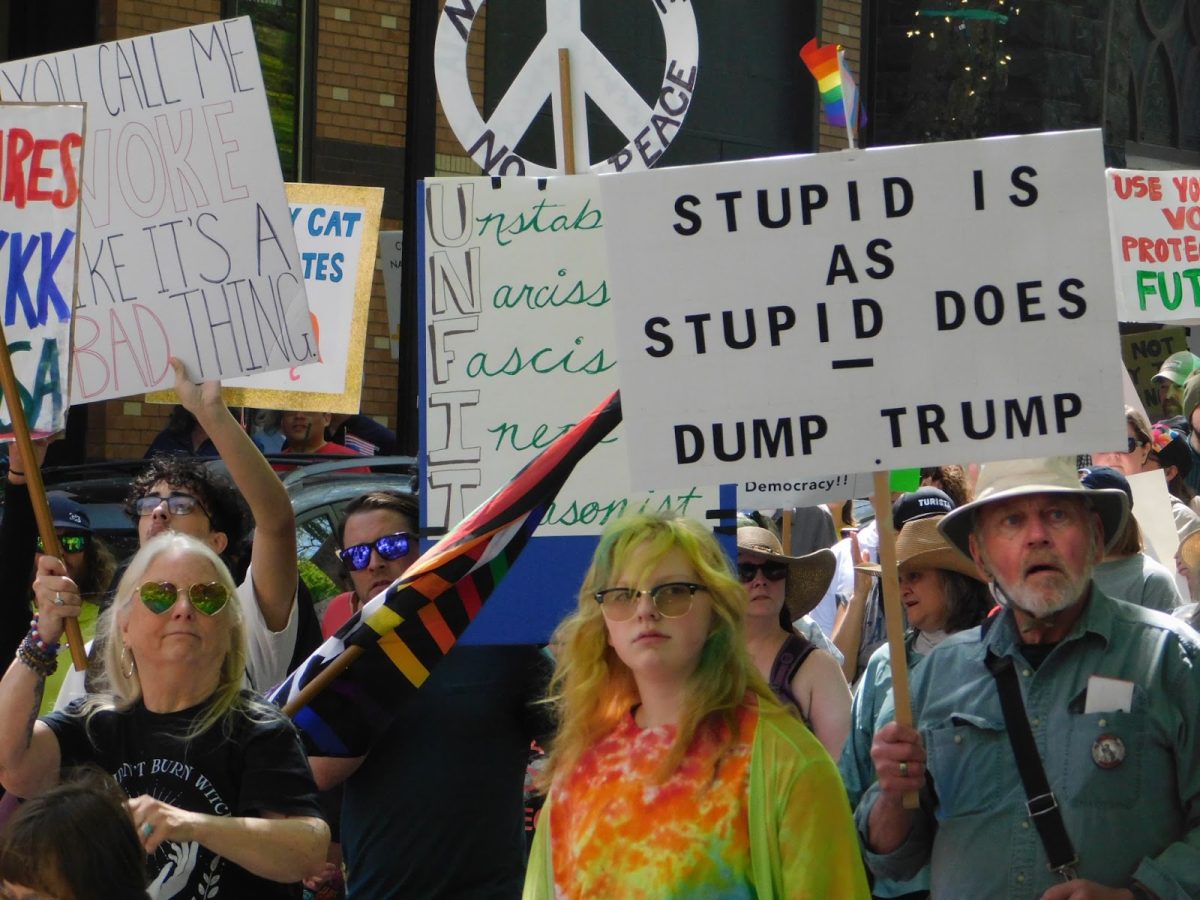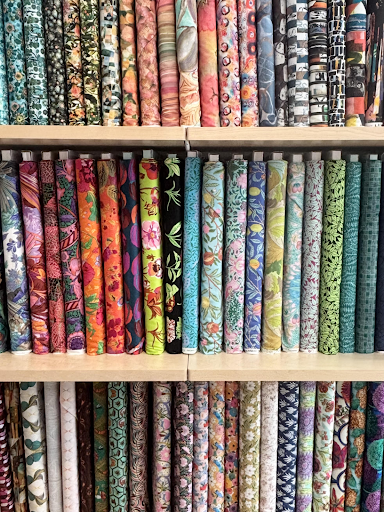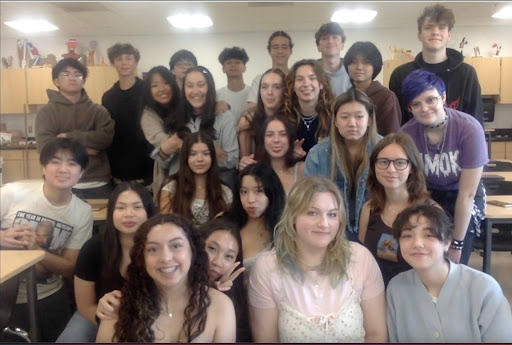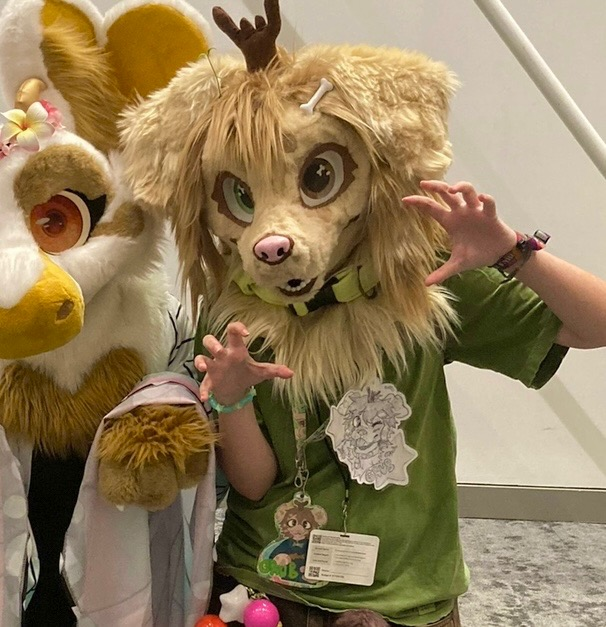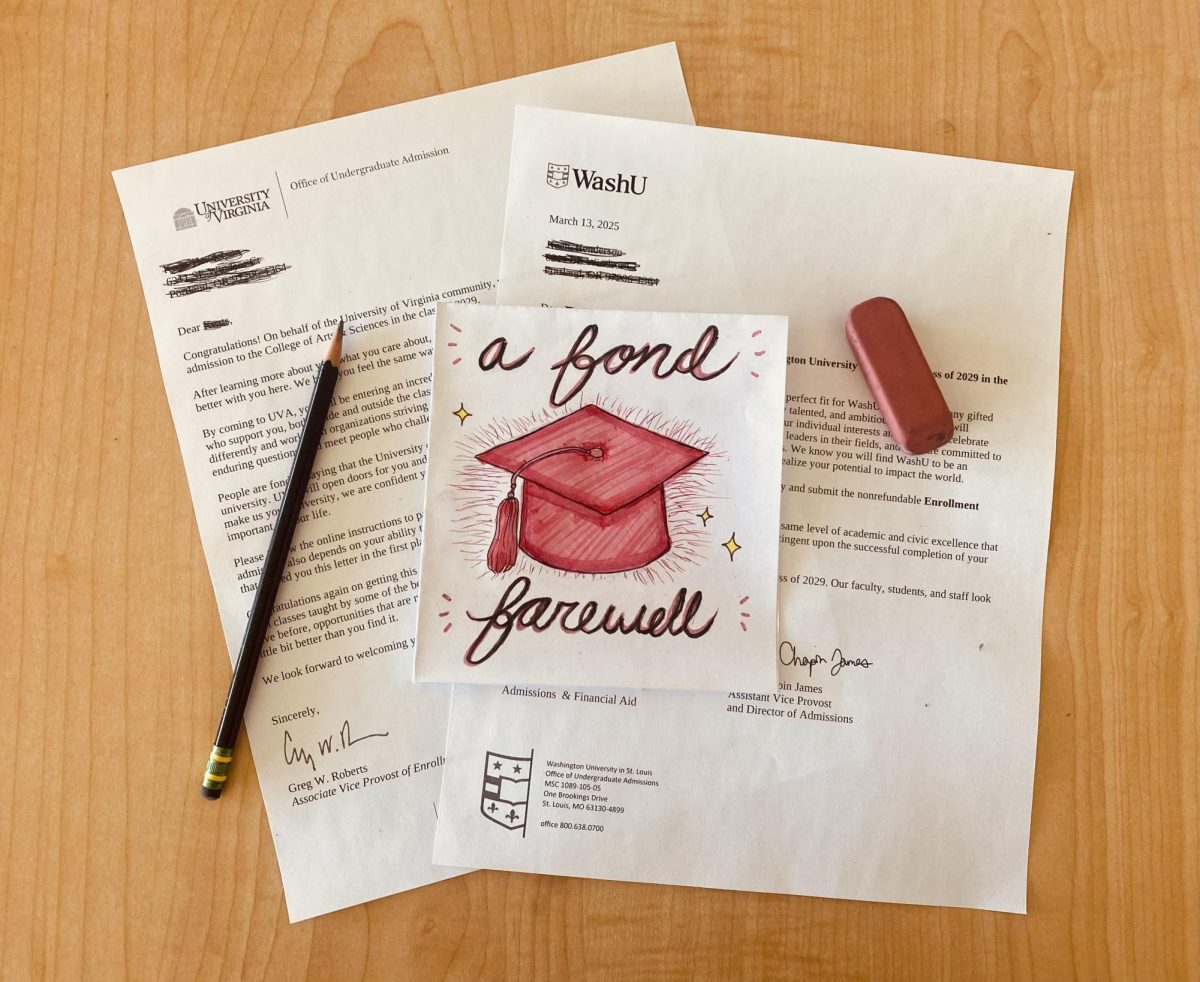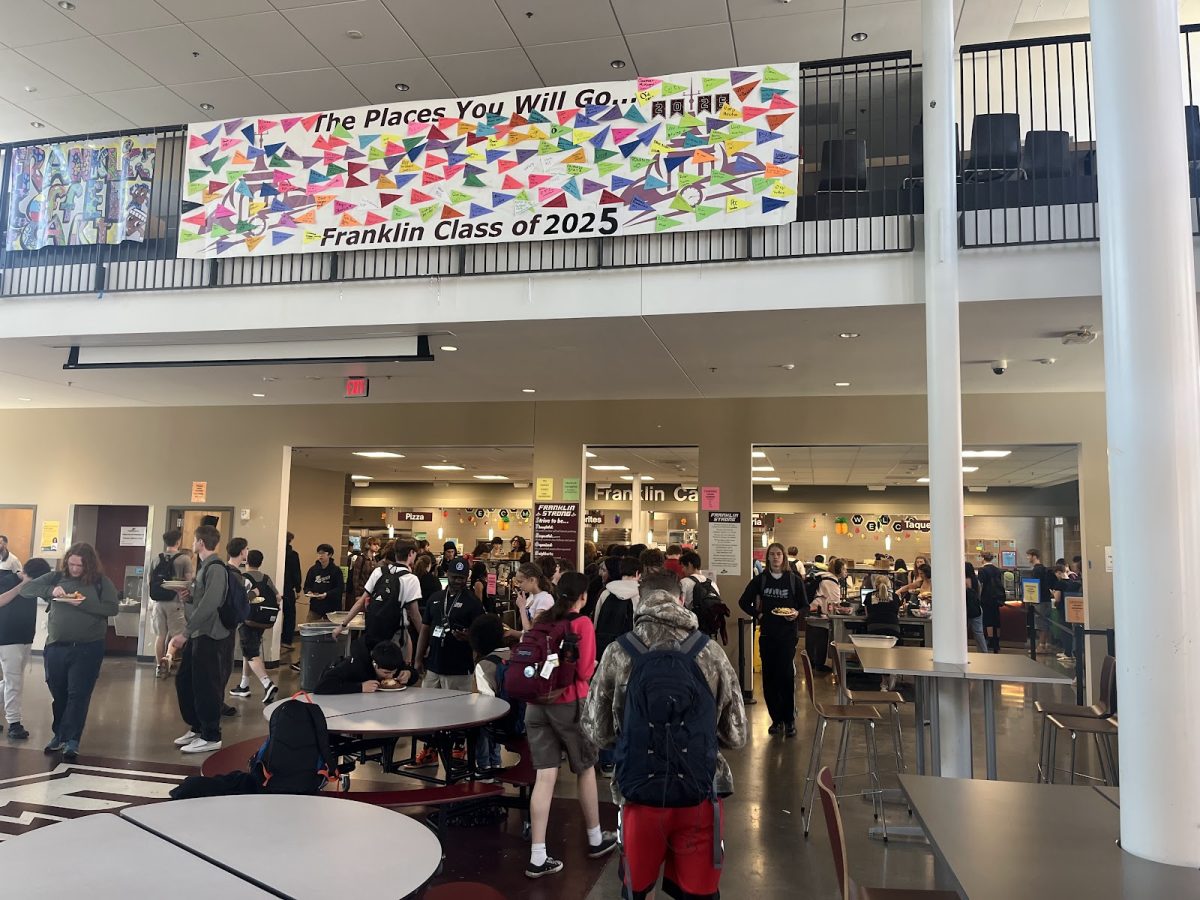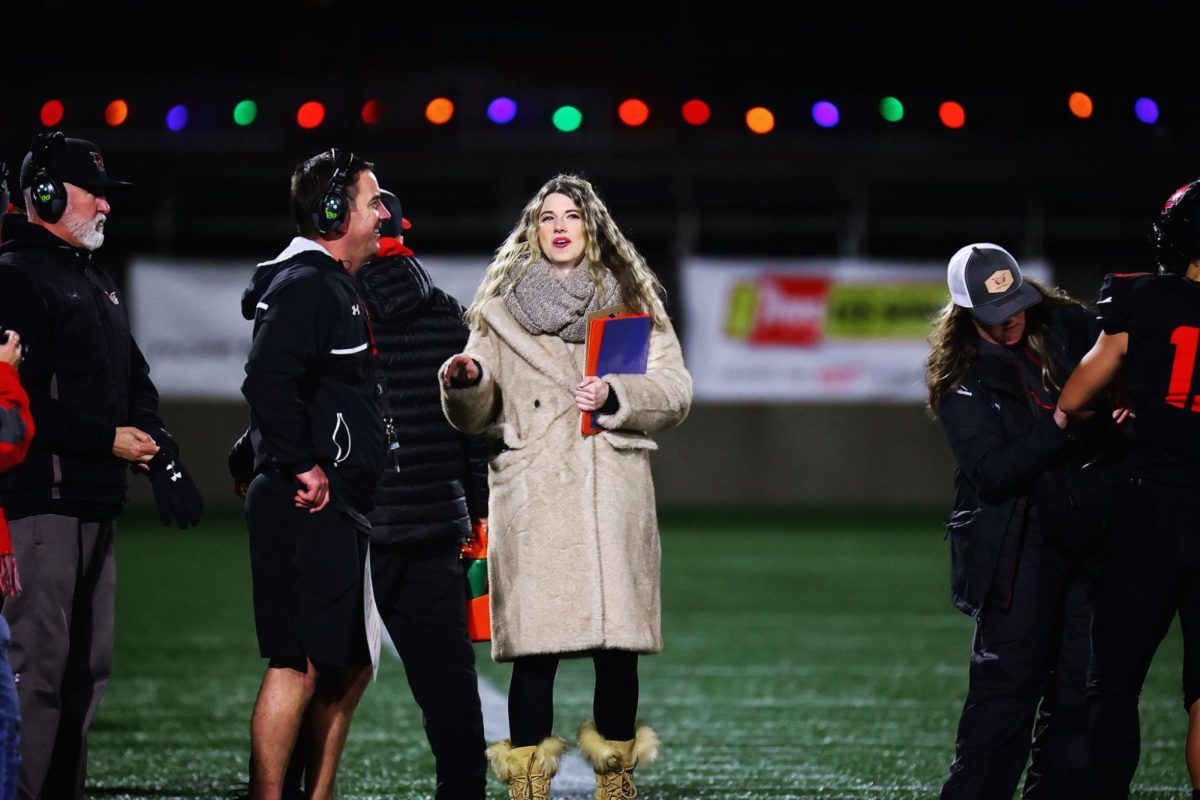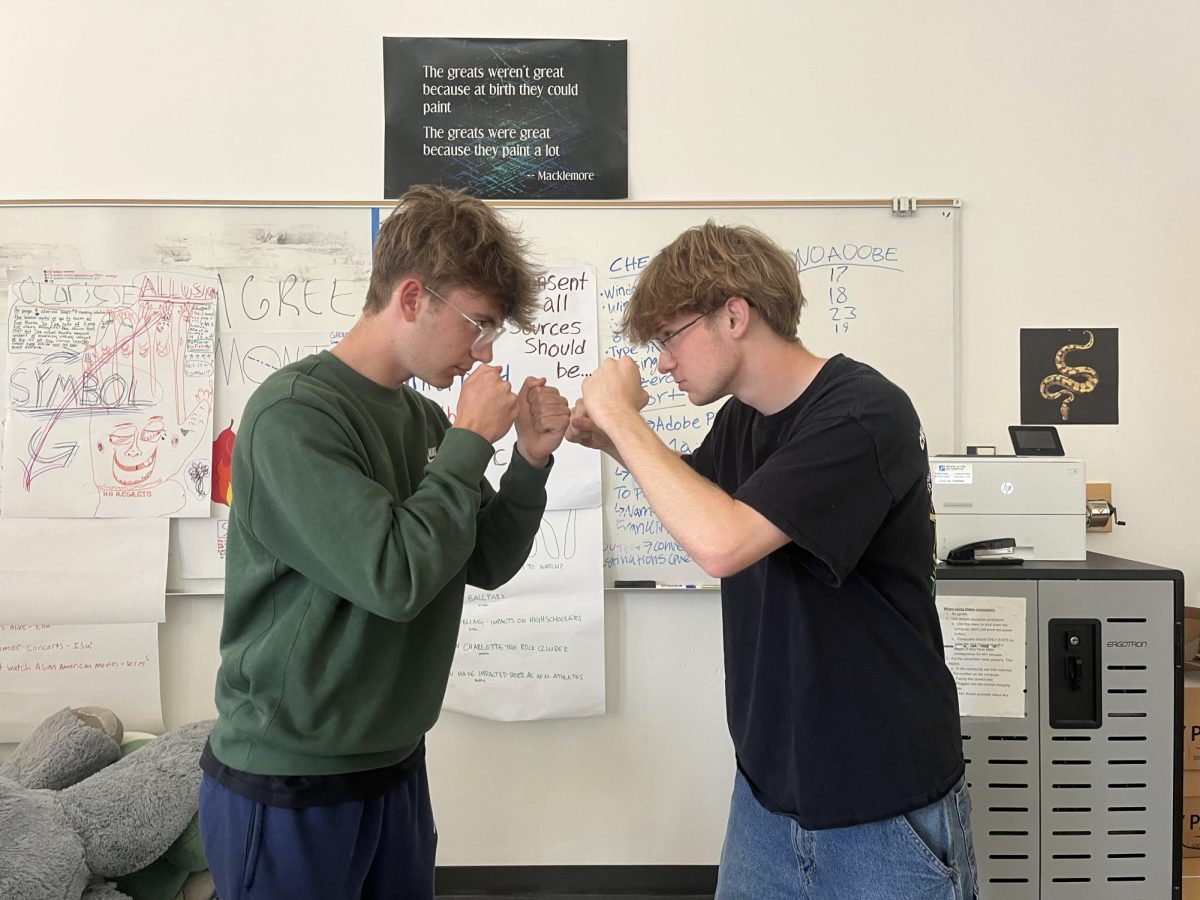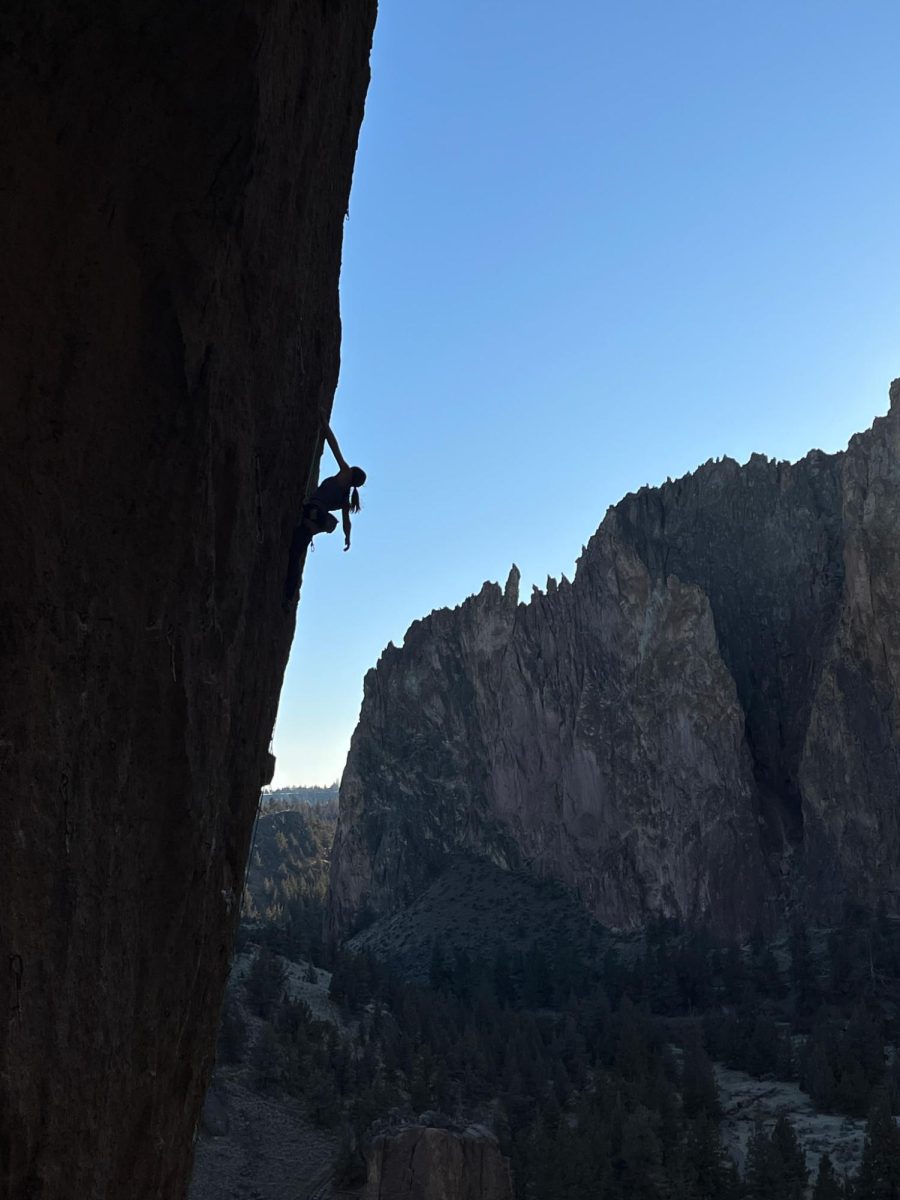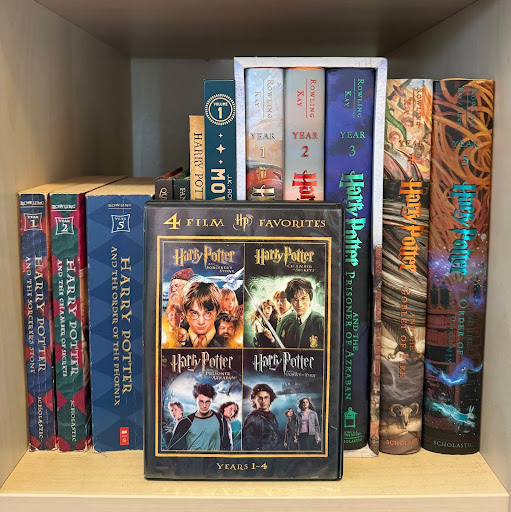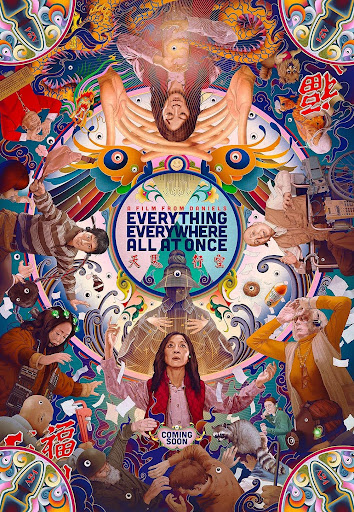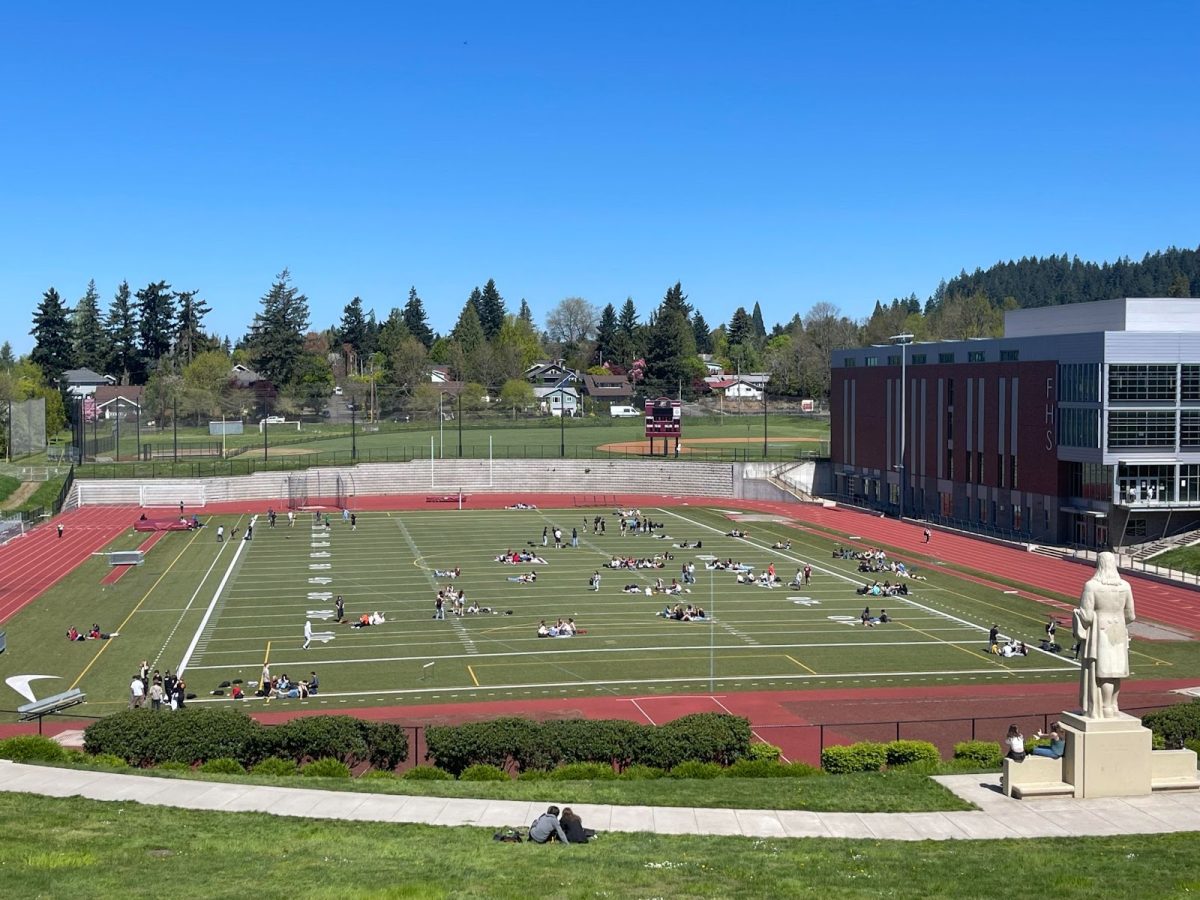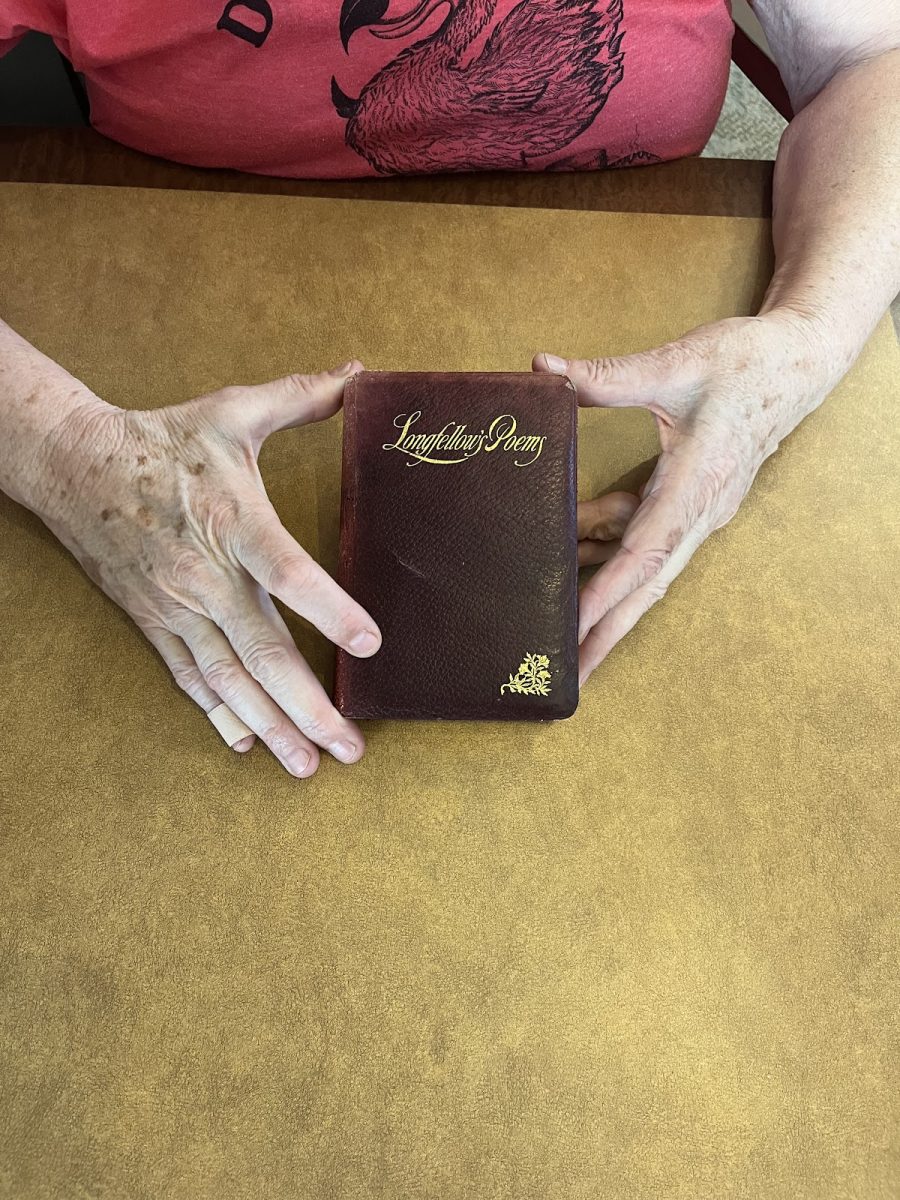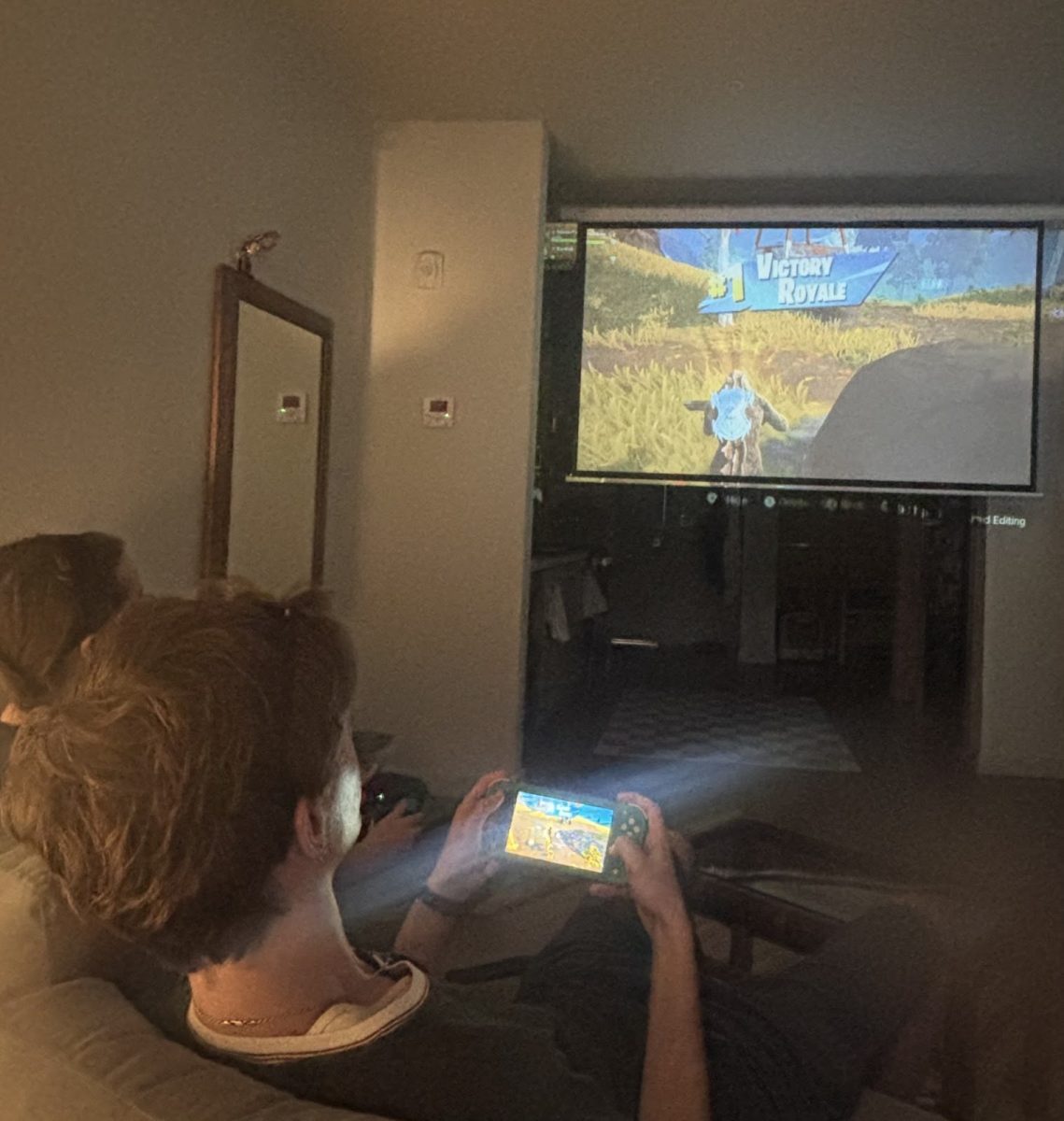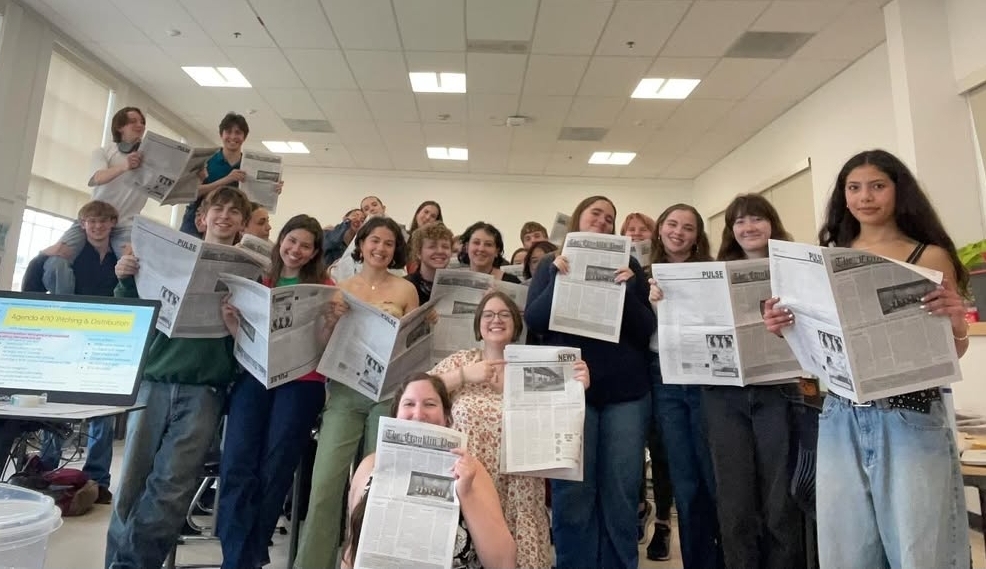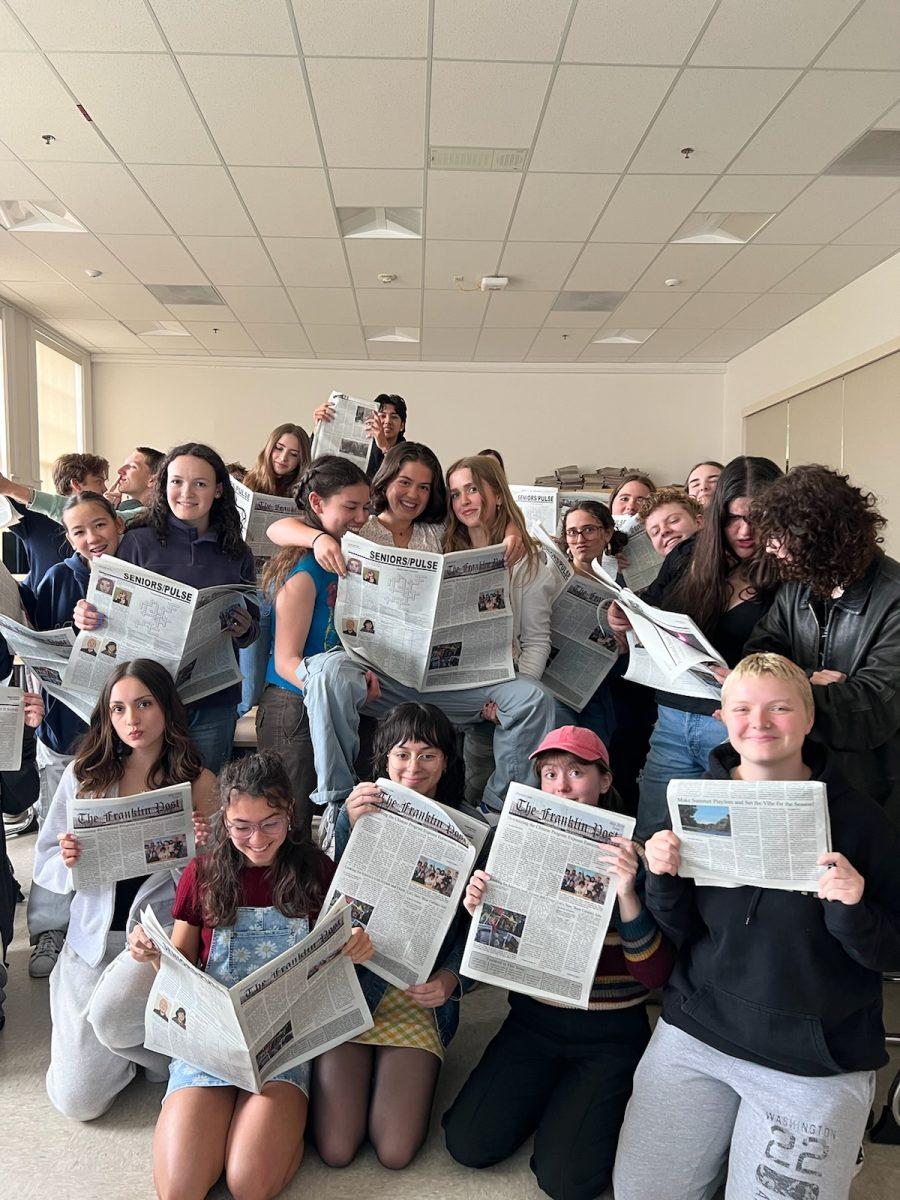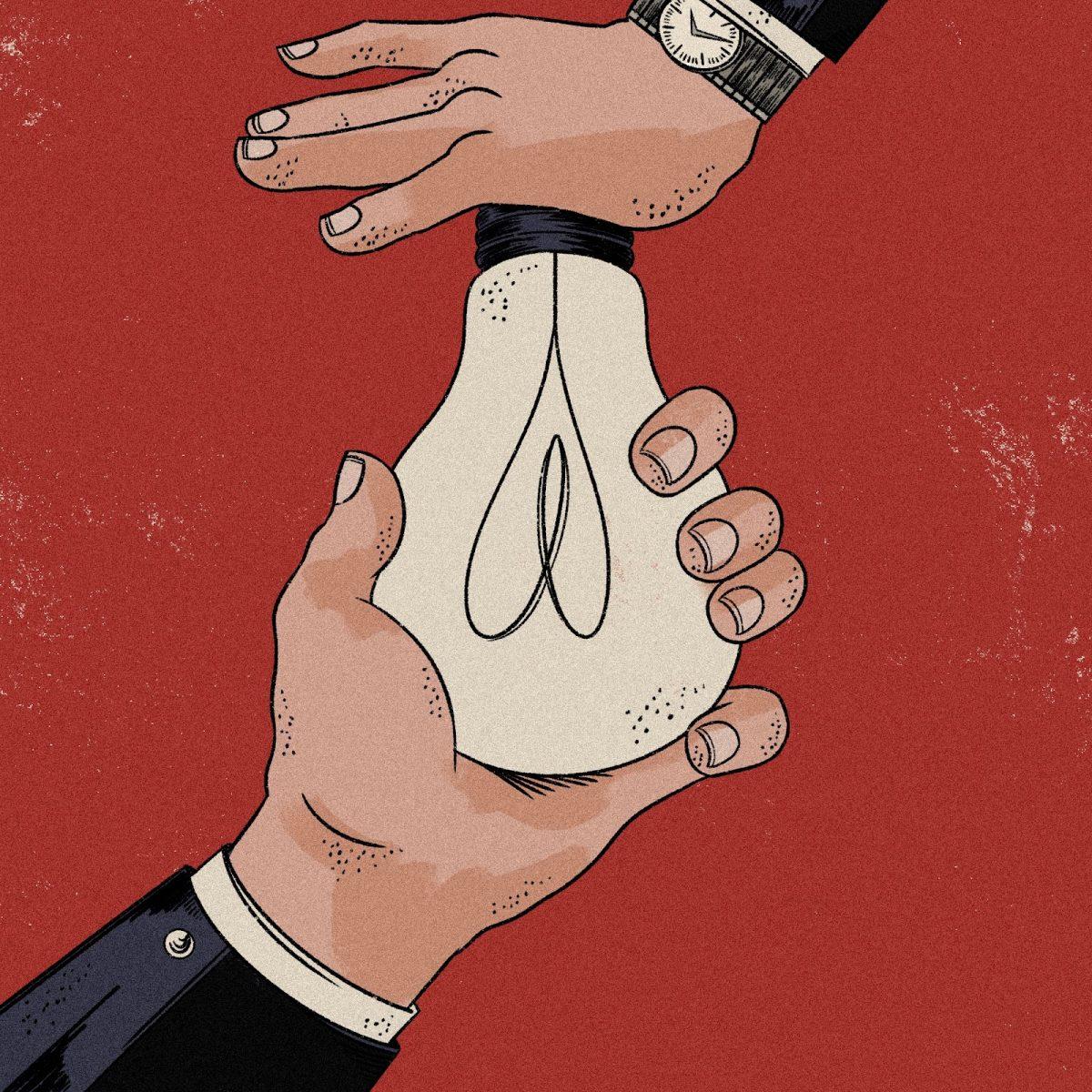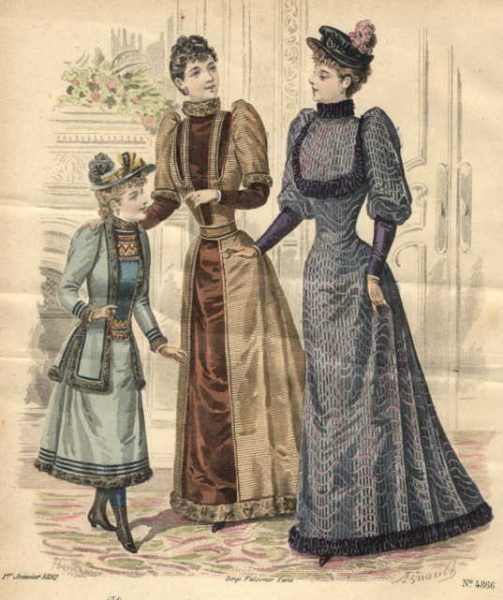
Disclaimer: The views and opinions expressed in this forum article are those of the author, and are not endorsed by the Franklin Post or Franklin High School.
Bonnets, chemises, and hair nets: all articles of clothing largely prevalent in the 1860s, though scarcely shown by many movies depicting that period. This prompts the question, how important is the historical accuracy of costume in film?
Take “Bridgerton,” for example – its extravagance has caused people to pick apart each little false detail about the costumes. However, the show’s popularity indicates that most viewers appreciate the aesthetic over authenticity. But where is the line between artistic storytelling and lazy research?
Many films have historically inaccurate costumes because historical accuracy can be nearly impossible to achieve. However, some intentionally use inaccuracy to show the viewers something about the characters or the plot, while others claim that the impossibility of historical accuracy is an excuse for not taking the time to research clothes of that period. Because costumes are part of the art of making movies, it makes sense for people to take creative liberties to convey character traits and themes. Even so, if the costumes serve neither of these purposes, it only makes sense for them to be as accurate as possible to the corresponding time.
Jennifer Mower, a professor of fashion history at Oregon State University, shares, “I recall the HBO show, ‘The Borgias’ was very accurate for the portrayal of the Italian Renaissance. However, the drive for costume authenticity also cost a lot of money, which was a contributing factor to the end of the show.” Cost is certainly a concern when it comes to creating such intricate clothing, but it doesn’t make it impossible. The costumes don’t have to be incredibly elaborate ball gowns adorned with heaps of bows, they can be on the simpler side while still being historically accurate.
According to New York City writer and fashion historian, Sonya Abrego, there are also easier ways to replicate garments. Abrego says, “If one were to re-create exact replicas with, for example, the original silk, embroidery, tailoring detail, and embellishments then yes, that’s a challenge.” Substituting fabrics can reduce costs; Abrego adds, “There are materials that are comparable and more accessible that can work on camera. Textile technologies can make up for a lot of that.”
Many believe films aren’t meant to be a history lesson, but a form of entertainment. Indeed, the look of narrative cinema is usually driven by the creative view of the director rather than facts of the past, but completely ignoring the history you are pulling from has its consequences. One of these is the spreading of misinformation. If a movie presents a fictitious history, this will cause the public to believe in something false.
Sophie Diego writes in her article “To be, or not to be? Maintaining Historical Accuracy in On-screen Costumes,” for StyleCircle that, “Obviously, Hollywood doesn’t assume that its intended audience is history or fashion majors.” Any non-fashion historian likely argues that the people watching the period films can’t even tell what’s accurate, so what’s the point of putting so much work into something most people won’t be able to appreciate? But is it better to make a movie that deceives its viewers in hopes they won’t know any better, or to make one that shows reality? And, because fashion reflects the culture and world circumstances at a given time, a misconception about skirts turns into a misconception about society.
There are many factors that determine the fashion of a certain period. It could be the amount of materials available, technological advancements of the time, the climate, cultural or religious traditions, recent historical events, popular media, and more. Abrego says, “from their making through wearing and eventual discarding or re-use, [clothing items] are evidence of global economic systems, labor, media culture, and the artistry that went into the design. So many aspects of culture are tied to clothing.” Therefore, clothes are a part of history just as much as anything else.
Clothes are time capsules of when they were made. The article “How Historical Events Shaped Fashion Trends” by Bilal in the Austin Trim states, “During World War II, fashion took a backseat as resources and materials were redirected towards the war effort. Rationing and limited supplies led to the rise of utility fashion, where practicality and functionality took precedence over extravagance.” This is only one instance of how fashion was shaped by world events.
Not only does human progress impact fashion, but fashion can also impact our perception of the past. The most common example of period films spreading false information is the belief that corsets were torture devices that restricted breathing to achieve a desired silhouette. This stems from numerous scenes depicting a nineteenth-century woman in pain as her corset was laced up. “Titanic,” “Enola Holmes,” and “Gone With the Wind” have all fallen victim to this trope. According to LancasterHistory, “Women of all classes wore corsets, which meant that this garment needed to function for the daily laborer just as much as it needed to function for the wealthy elite. As a result, women had to be able to move and breathe in them and would lace their corset accordingly.”
This false belief has been adopted by the majority of the population and has come to be a figure of women’s oppression. Though this is an important issue, the fact that it is represented by something fabricated is unfortunate seeing as there are so many more meaningful ways to call attention to the struggles women have faced throughout history.
If the inaccurate costume is strategically used as a storytelling device, it may be valid to stretch the truth. When asked about how Franklin Performing Arts’ “Mean Girls” would have changed with no costume design, head of costumes Owen Phillips says, “I think it would’ve changed a lot about how we view those main four Plastics especially. We had to create almost a hierarchy with making sure they stood out and rose above the other cast members … Without it, they just look like anyone else and the mystique they have is gone and suddenly you don’t care about Regina George because she’s not special at all.” So sometimes, films sacrifice historical accuracy for the sake of helping the viewers understand the characters.
Mower mentions, “There are shows like ‘Bridgerton’ that intentionally ‘play with’ historical facts for entertainment purposes. Costumes are similar to what would have been worn, but the costume designer exaggerates design features, purposely uses colors and textiles that wouldn’t be accurate for the period.” “Bridgerton” uses vibrant and exaggerated costumes to establish character dynamics, specifically the Featheringtons’ relationship with the other families. As claimed by Screen Rant, “The Featheringtons’ love of bracingly bright colors is played for laughs throughout the series, but the implications of their gaudy wardrobe go far beyond their questionable style. The family’s color palette … serv[es] as a visual indicator of their outsider status within their upper-class community.” Therefore, their costumes are an extension of their personalities and class status.
On the flip side, some shows use inaccurate costume designs for reasons not relating to the story itself. “Reign” is a TV show set in 1558 France, though its costumes are more reminiscent of the 2000s. This is because the costumes were made to appeal to a young, teen demographic rather than to be a true representation of the 1550s. In her article, “The Reigning Fashion: A Look Inside the Costume Design of Reign,” Rebecca Lane writes, “The number of period styles one might recognize in the girls’ costumes in a single episode can span the entire history of Western clothing.” In my opinion, getting more people to like your costumes is not a strong enough reason to deviate from accuracy because it’s not vital to the story. It can also feel disorienting and less realistic when the costumes continue to switch periods — especially if you see clothes that could easily be in stores today.
Another cause for historical inaccuracy is sex appeal. Many filmmakers sexualize period clothing — for a similar reason, “Reign” modernizes its costumes to appeal to a wider audience. The sexualization of period costumes can be problematic because it may reduce the characters to eye candy, even in a lead role, making them appear more one-dimensional. This can also lead to disrespect and cultural appropriation if done irresponsibly. In an Observer article, “Reign” costume designer, Meredith Markworth-Pollack says, “They didn’t want the men in pumpkin shorts because it’s not sexy, so we decided to give all of the men custom leather pants.”
When filmmakers create movies, they are consequently making little worlds people can be transported to when they click play. Everything about the film contributes to the creation of this world: the color scheme, characters, conversation, setting, music, and costumes — this can be especially true for period pieces. But for films set in the past, there is an increased risk of exposing their artificiality as costumes are a huge part of making those worlds convincing.
Abrego states, “The textiles and color palette usually jump out first to me. Sometimes the costumes are visibly synthetic, or the wigs are really bad, that can make [the film] hard to be believable.” It wouldn’t make sense for a film set in the 1600s to feature characters using cell phones; it takes the viewer out of the story and reminds them they are watching a movie.
Unless brighter colors, extreme silhouettes, or other historical inaccuracies are a fundamental part of communicating the story to the viewer, historically inaccurate costumes do more harm than good. By staying true to the period, films prevent widespread misunderstanding of society during that time, characters’ personalities becoming overlooked by sex appeal, and viewers disengaging from the film.


